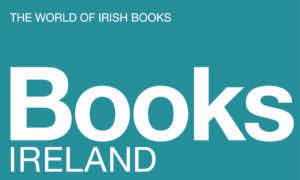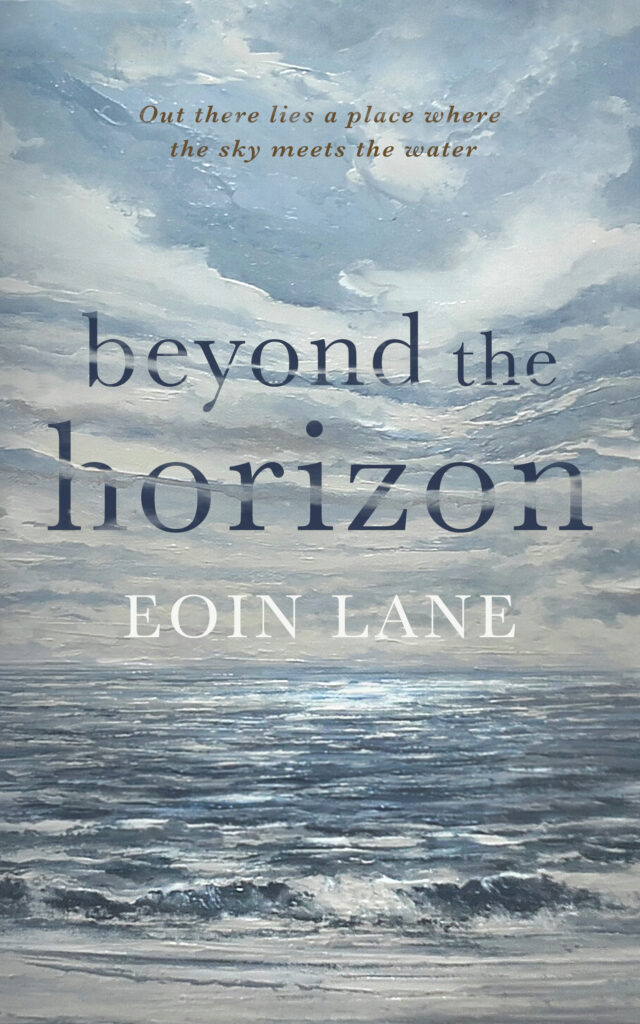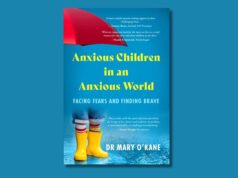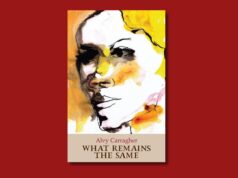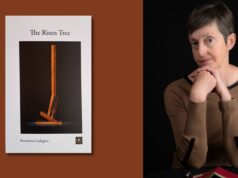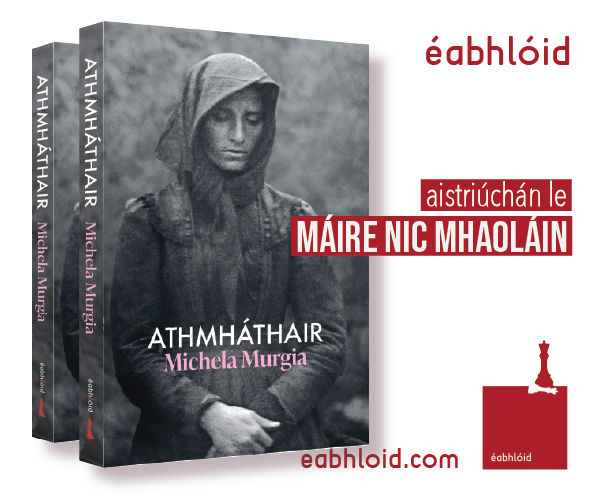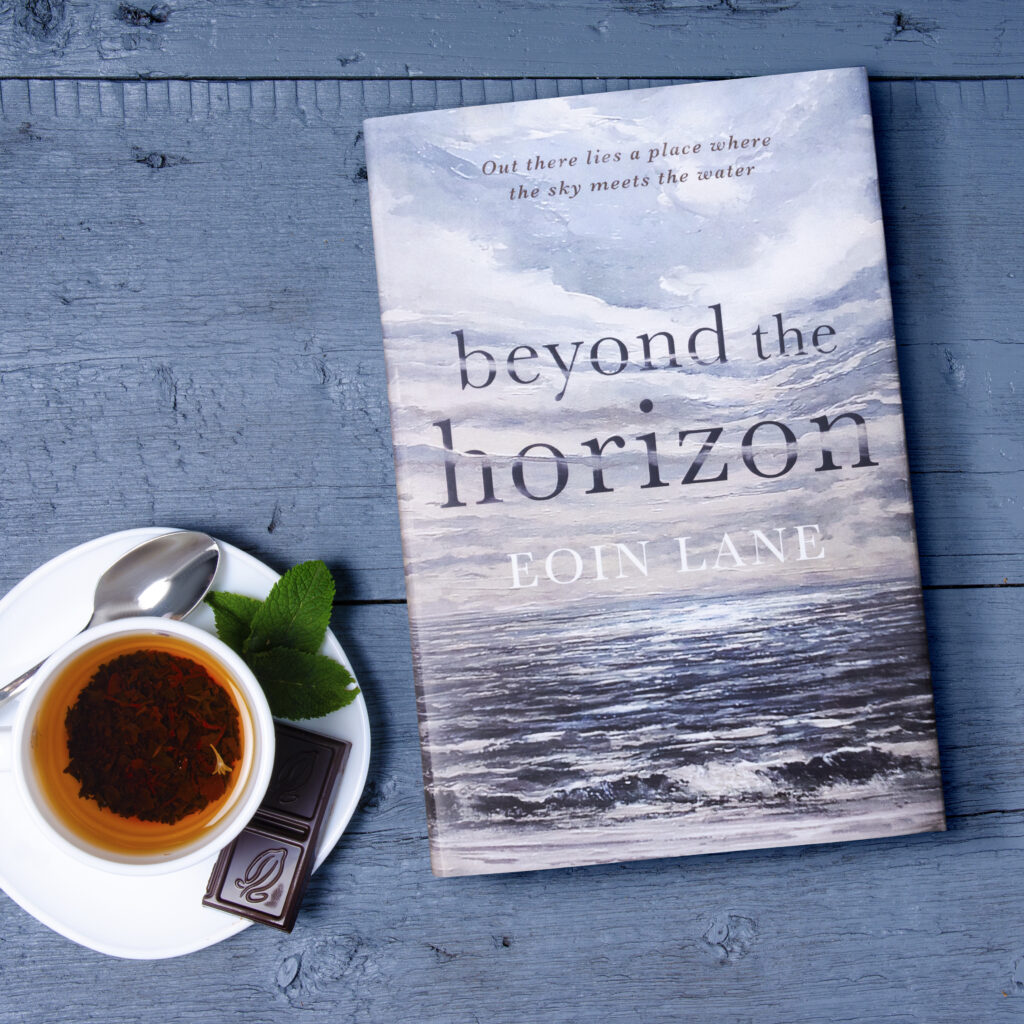
WILD IRELAND
Both my parents grew up by the River Shannon and the countryside was deep in their veins but they moved to Dublin like many in the 1960s and so my siblings and I were destined to experience rural Ireland from a safe suburban distance, a generation removed from the land. When I was about seven, we began to holiday in Connemara on a farm in the brown rolling hills near Moyard. That first year we travelled in the teeming rain through the bleak, haunting Lough Inagh Valley past a pair of cyclists camping by the lake at Kylemore and I vividly remember my mother remarking where on earth were we going. But from those first impressions sprang a life-long love affair with this part of Ireland.
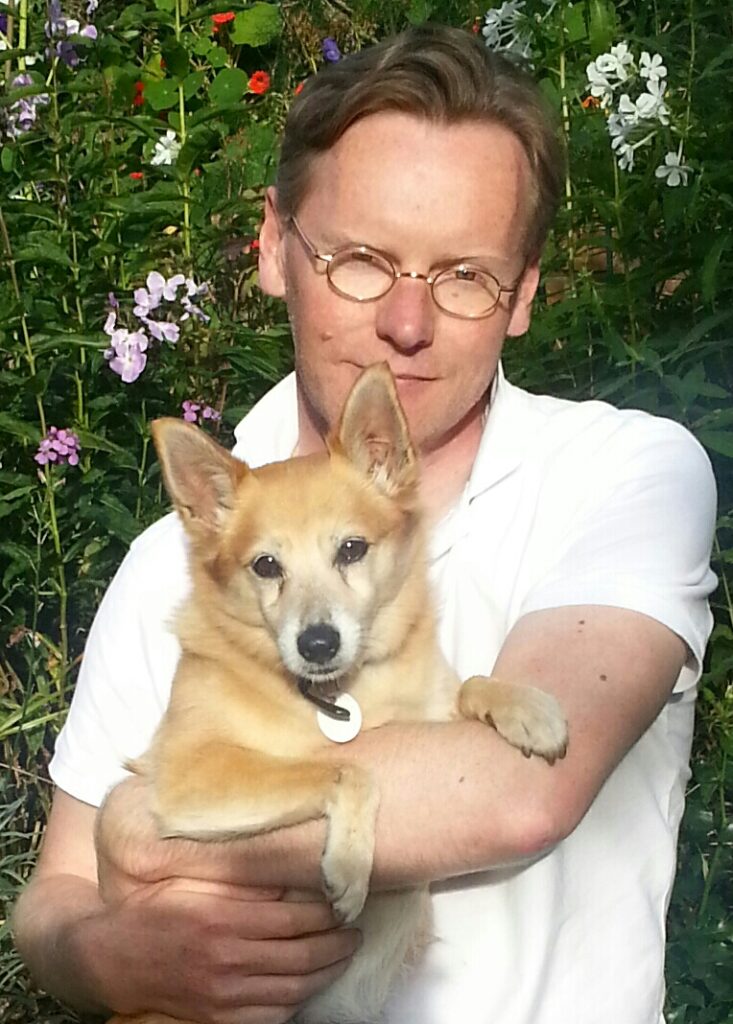
We went to Inishbofin that summer in search of an islandwoman called Maggie, who, years ago, had worked for my dad’s family in Shannon Bridge. The boat rocked and rose and fell in the drenching spray as the island appeared through the mist. There were no cars on Inishbofin and when we came ashore a warm sleepy silence descended like the silence of heaven, with birds nipping out from the tangled hedgerows. We made our way to Duach, a deserted white beach with shallow green sea like glass. We had sandwiches. Sand blew on our skin. Small waves trickled in and we could see the islands and mountains of Mayo stretching north in a haze like seals in the sun. Later, we found Maggie high up in the bogs cutting turf with her husband Dick, and afterwards we had tea and soda bread in her white cottage on the shore of Cloonamore. That was my first visit of many to the island, the most recent of which was just a few weeks ago. One year a storm blew up and we had to stay an extra night in a guesthouse on the beach. Maggie held her lamp aloft as we made our way across the stones in the dark as the waves crashed in. When we got to our cottage, my father had to flash the torch she had given him three times so she would know we were safe. And we were. In bed that night we could hear the wind and the rain and the pounding waves but inside we were snug. We were safe.
But that past is another country now. Dad died when I was seventeen. The night before he died in hospital, he held my hand and asked me to pray for him. I don’t know if he knew he was dying; he was supposed to be getting better but I think he must have been frightened. He had reached the door to the unknown and he didn’t want to go. He wasn’t ready to leave all of us, and although he was very religious, I don’t think he was ready for angels and saints.
He loved photography. Dad had an eye for that natural moment that makes a good picture. I think he missed the countryside a lot when he found himself living in Dublin. He liked to go for long walks in the evening to shake off the cobwebs from the office and I think it was his way of reaching back in some part to the days of his father and his father before him. His last summer in Connemara, just before we were leaving, I remember him standing on his own with his back to us gazing out across the bogs to the bens in the golden sun. But little did I know he would never see them again.
Dad loved telling us stories—half-made-up yarns from the old tales about magical adventures in the fields with the little people and birds and animals—and, I suppose, all of these elements from when I was young are threads that flow through me and helped forge my own love of the land through painting and writing. It’s an exhilarating feeling to paint outdoors. At one with the sound of the wind. Sheep calling to their lambs. When I paint in my studio, you can see the picture emerging. Like the island from the boat. You build it up in layers. You can see it, fashion it, shape it. When I write, it takes longer. You can’t see it but you can feel it. Pages at a time. You have to stay with it until you can see the whole thing. From beginning to end. Like a painting. Built up in layers. Layers of words and for me words that are visual and tactile. Words that simply take you there. That make you feel and make you see. Make you still see the picture when you’ve turned the last page.
Eoin Lane is an Irish landscape artist and a writer. Previously he has worked in fashion design, historic horticulture, and the heritage sector, and with his partner owned a bespoke bistro restaurant and gift shop. He was a winner at the Irish Writers’ Centre Novel Fair in 2016 and has been both short-listed and a prizewinner in the RTE Francis MacManus Short Story Competition. His paintings are represented by a number of Irish art galleries and have been sold to America, Canada, Australia, and India. He lives in County Down, Northern Ireland.
His latest novel Beyond the Horizon is out now via Blackstone Publishing
